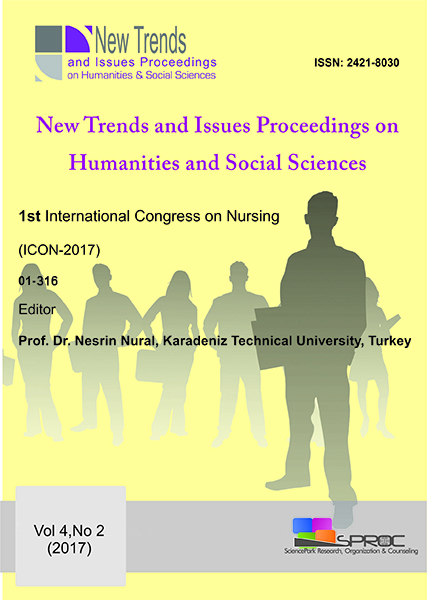Factors that influence nurses’ work-family conflict, job satisfaction and intention to leave
Main Article Content
Abstract
The purpose of this study was to determine nurses’ WFC, job satisfaction and intention to leave the job in a private hospital. Nurses who have difficulty in balancing their work and family responsibilities, and who are dissatisfied with their jobs, leave the institution where they work.This study attempted to explain casual relationships among nurses’ workload, managerial support, WFC, working conditions, work environment, work structure, job satisfaction and intention to leave, and the factors influencing intention to leave by using Structural Equation ModellingThe population of the study included 98 nurses working in a private hospital. The nurses working shifts reported statistically higher levels of work to family conflict and workload than those working constantly during the daytime. On the other hand, no difference was found in managerial support between the groups. Managerial support and workload explained 48% of WFC. Work structure alone explained 44% of job satisfaction. Job satisfaction and WFC explained 17% of the variance in intention to leave.Nurses who have difficulty in balancing their family role and responsibilities because of intense work pressure, intend to leave their current job and to work in another organisation which offers better working conditions with lower workload and more managerial support. Work structure of nurses should be reorganised in order to enhance their job satisfaction. While achieving this, it is beneficial to involve nurses in decisions about their activities, to distribute tasks clearly, and to evaluate and reward performances impartially.
Keywords: Nurse; work family conflict; job satisfaction; intention to leave.
Downloads
Article Details

This work is licensed under a Creative Commons Attribution 4.0 International License.
Authors who publish with this journal agree to the following terms:- Authors retain copyright and grant the journal right of first publication with the work simultaneously licensed under a Creative Commons Attribution License that allows others to share the work with an acknowledgement of the work's authorship and initial publication in this journal.
- Authors are able to enter into separate, additional contractual arrangements for the non-exclusive distribution of the journal's published version of the work (e.g., post it to an institutional repository or publish it in a book), with an acknowledgement of its initial publication in this journal.
- Authors are permitted and encouraged to post their work online (e.g., in institutional repositories or on their website) prior to and during the submission process, as it can lead to productive exchanges, as well as earlier and greater citation of published work (See The Effect of Open Access).
